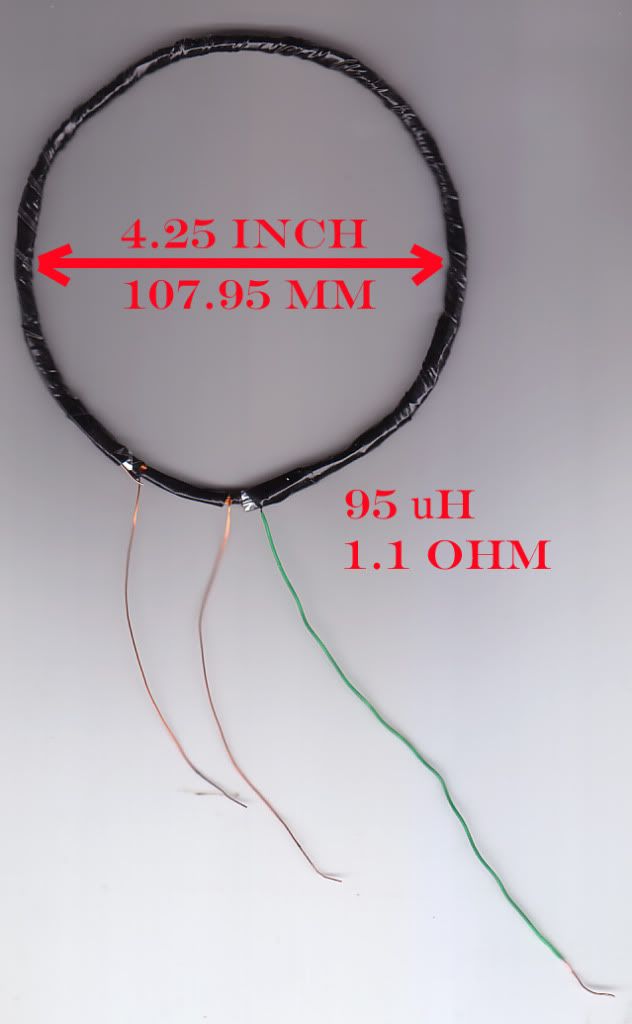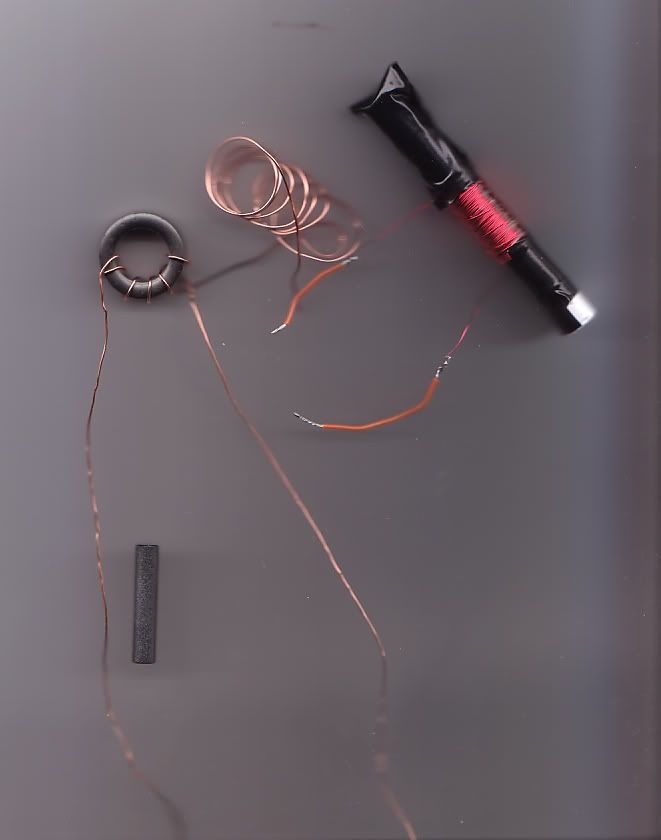This could be a bit easier to build no pesky varicaps
http://freecircuitdiagram.com/2008/1...scillator-bfo/
http://freecircuitdiagram.com/2008/1...scillator-bfo/
 ) but I want to make the search coil larger then 4 inches because my steps are longer then 4 inches. Around where I do most of my detecting, 6 inches into the dry sand is deep enough. Anything deeper then that is usually an old beer can.
) but I want to make the search coil larger then 4 inches because my steps are longer then 4 inches. Around where I do most of my detecting, 6 inches into the dry sand is deep enough. Anything deeper then that is usually an old beer can.






Comment